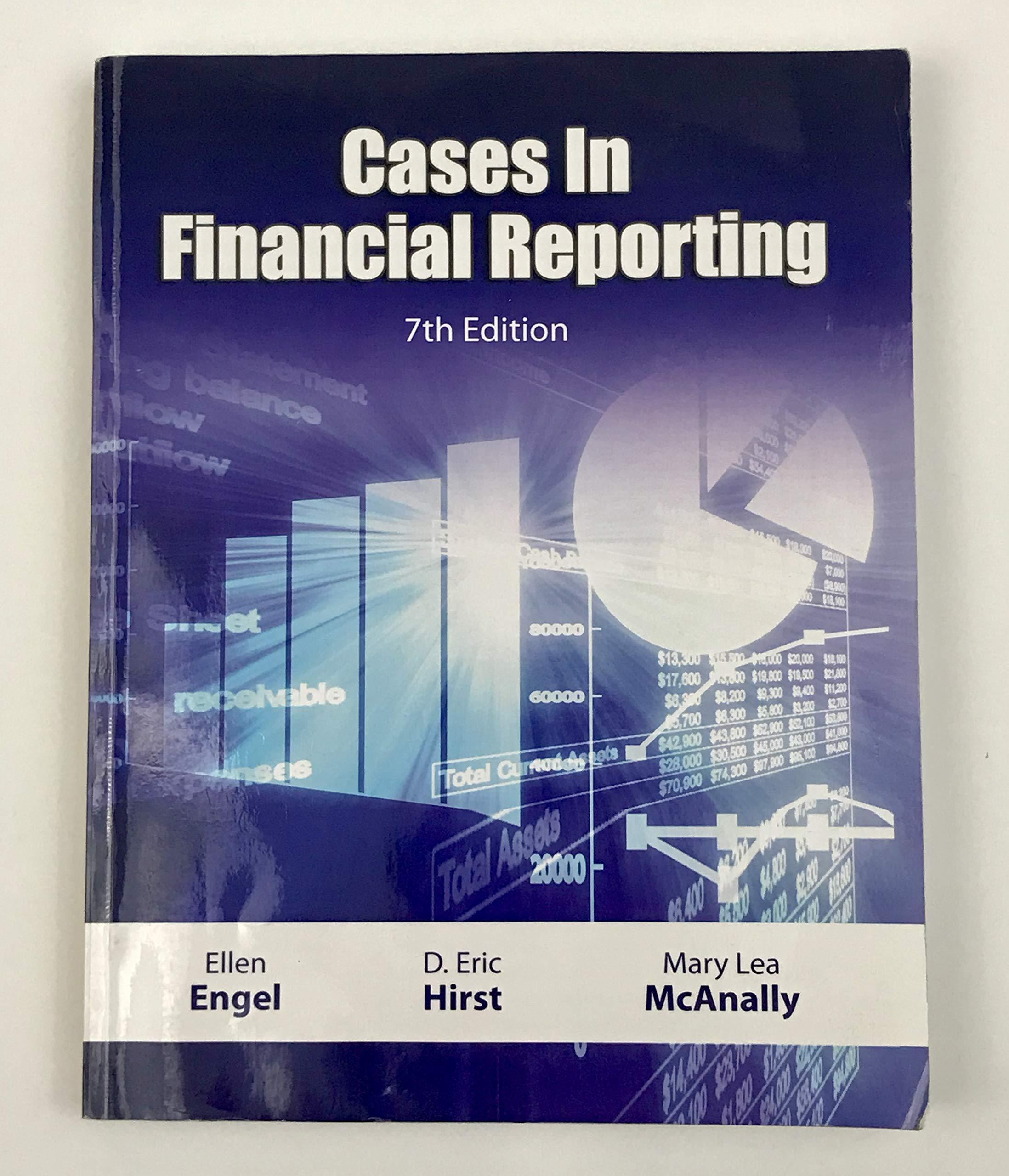Question
1.A firm performs capital restructuring in order to ____. a. increase its risk by increasing equity b. increase the return on equity by eliminating all
1.A firm performs capital restructuring in order to ____.
| a. | increase its risk by increasing equity | |
| b. | increase the return on equity by eliminating all debt | |
| c. | get to an optimal capital structure | |
| d. | decrease its risk by adding more leverage |
2.In the MM model, the risk of bankruptcy:
| a. | reduces the present value of the tax shield of debt. | |
| b. | reduces the positive effect of financial leverage on firm value. | |
| c. | eliminates the possibility of a net positive effect of financial leverage on firm value. | |
| d. | has no impact on the relationship between financial leverage and firm value. | |
| e. | a and b |
3.In the MM model, the mix of debt and equity that minimizes the cost of capital is the:
| a. | optimal corporate structure. | |
| b. | optimal degree of combined leverage. | |
| c. | optimal capital structure. | |
| d. | target financial structure. |
4.The NPV and IRR of any capital budgeting project are random variables with means that represent their most likely values and variances that reflect:
| a. | variations in profit. | |
| b. | value inconsistencies. | |
| c. | risk. | |
| d. | unstable expectancies.
|
The first step in capital budgeting is to:
| a. | reduce projects to their simplest form. | |
| b. | compare competing alternatives. | |
| c. | determine the difficulty of a project. | |
| d. | reduce the project to a series of cash flows. |
Step by Step Solution
There are 3 Steps involved in it
Step: 1

Get Instant Access to Expert-Tailored Solutions
See step-by-step solutions with expert insights and AI powered tools for academic success
Step: 2

Step: 3

Ace Your Homework with AI
Get the answers you need in no time with our AI-driven, step-by-step assistance
Get Started


